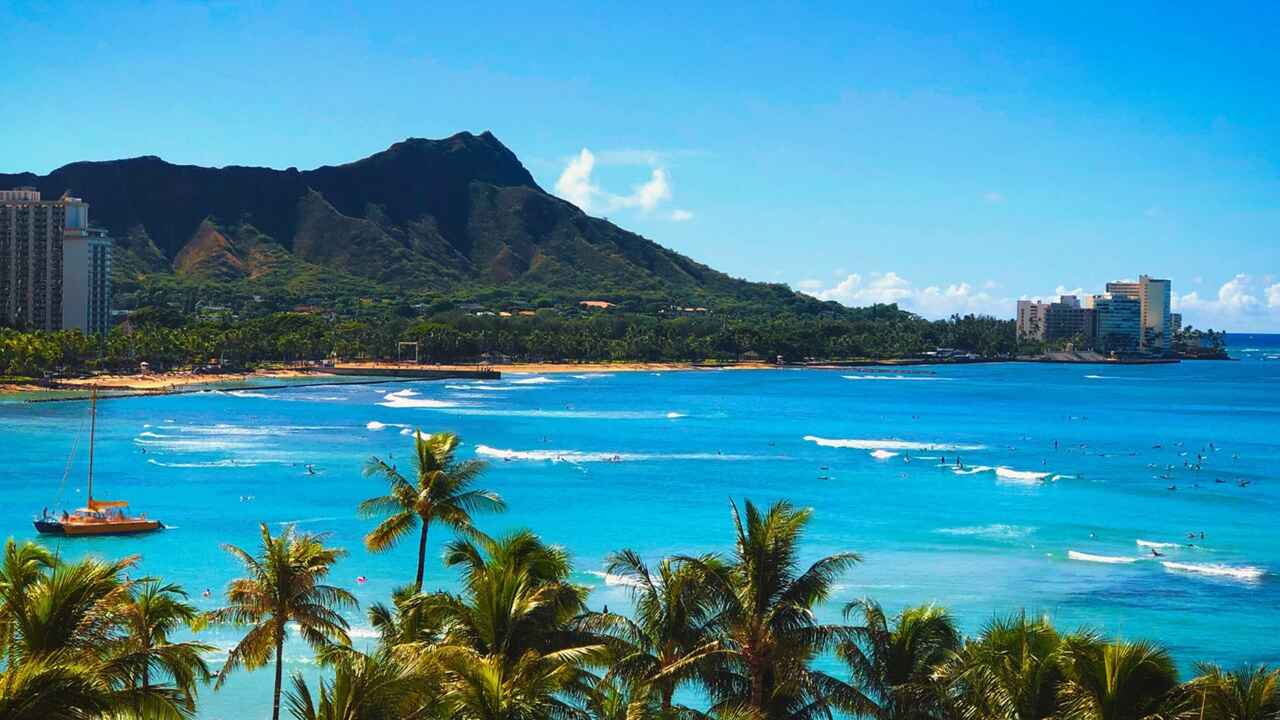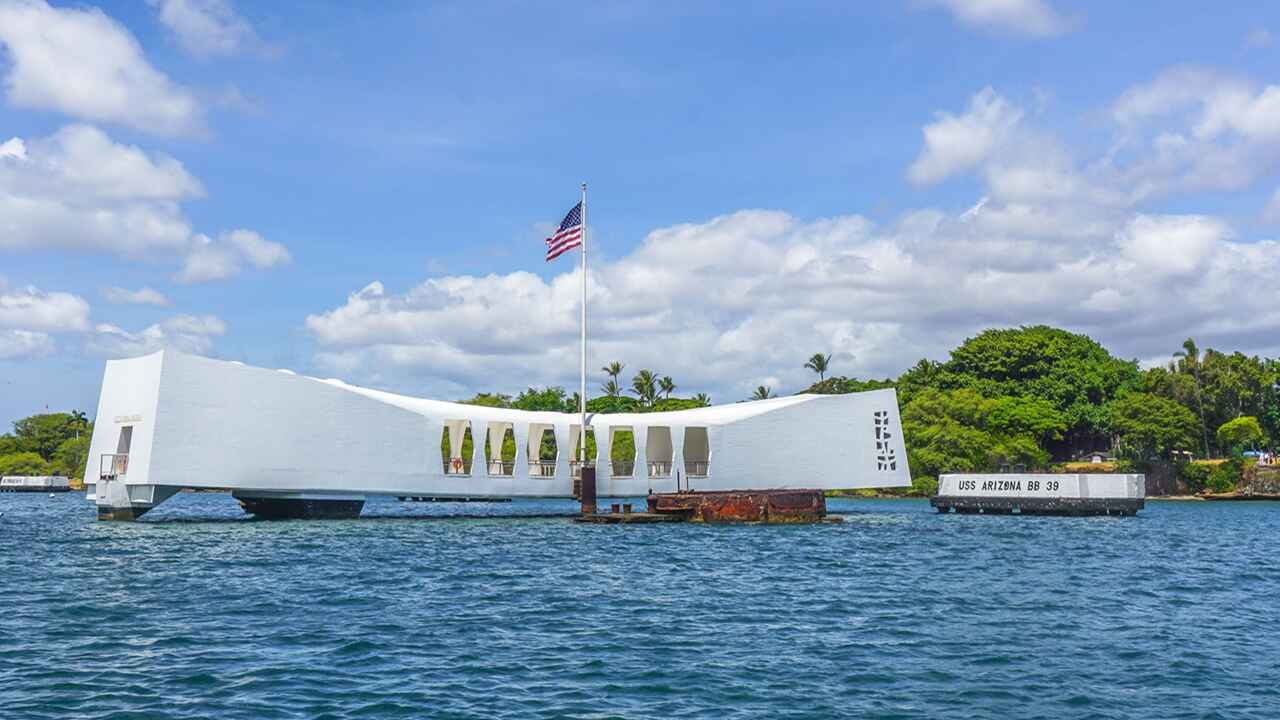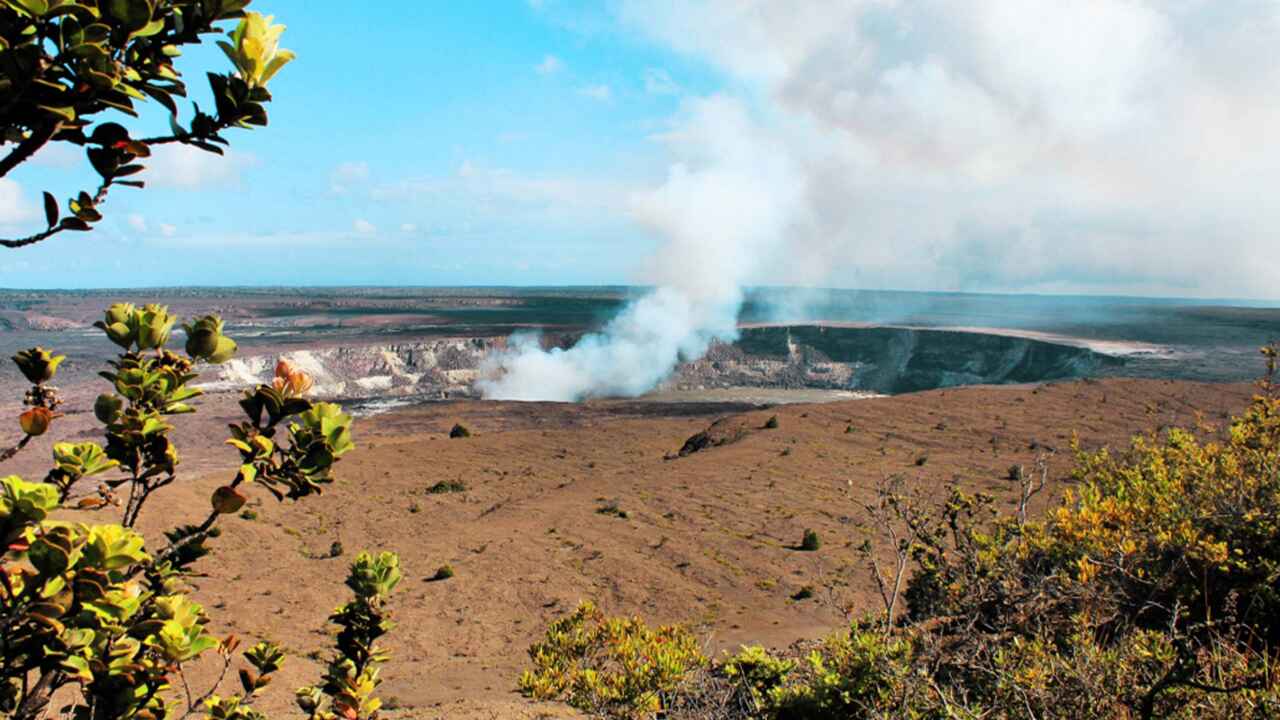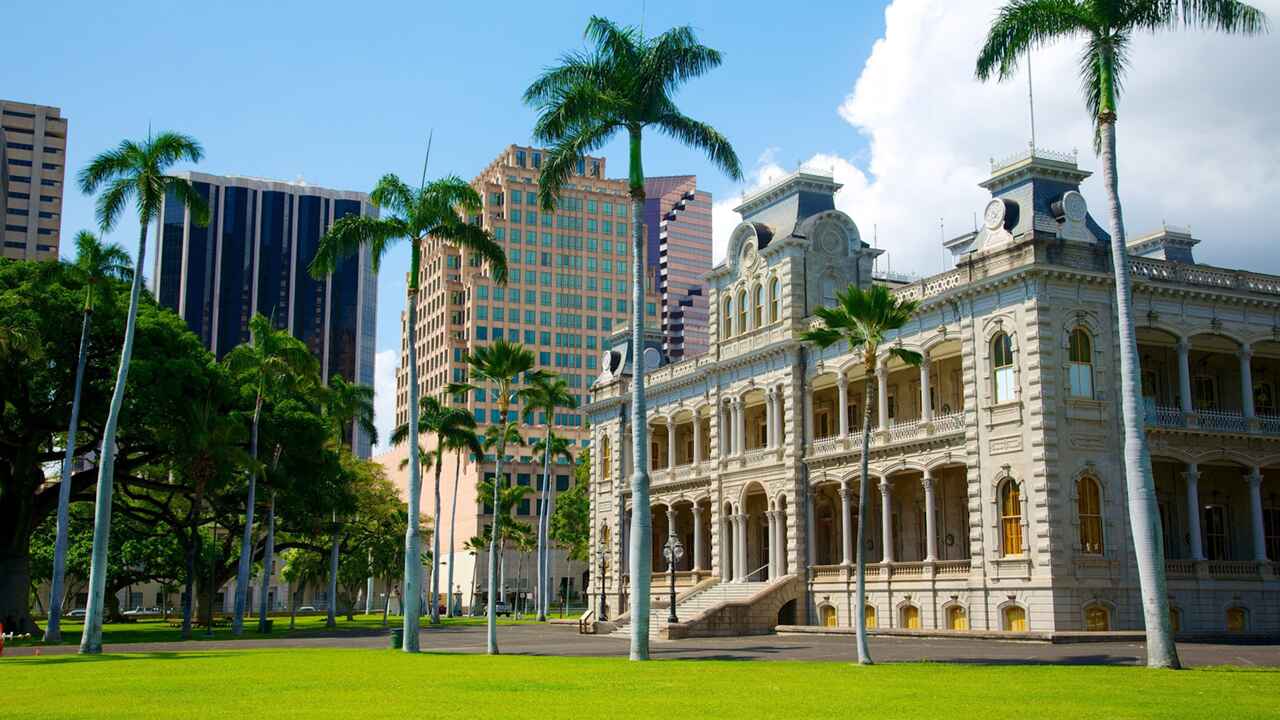Hawaii is a unique US state known for its diverse culture, beautiful natural scenery, volcanic mountains, and Pacific Island lifestyle. Hawaii is truly a piece of paradise, but keep in mind that the cost of living there is high. In this article, we’ll take a look at the real costs of living in Hawaii in 2025, from housing and food to taxes, education, and healthcare. If you are planning to move to Hawaii or want to increase your knowledge in this field, this article can help you.
- Housing: Your biggest expense
- Utilities: Energy cost and facilities
- Groceries: Fresh, Local, and Pricey
- Transportation: Getting Around the Islands
- Health Care: Health in Hawaii’s Paradise
- Education: Schools and Opportunities
- Taxes: What You Need to Know
- Climate: Year-Round Paradise?
- Job Opportunities: Finding Work
- Relocation Tips: Making the Move
- Pros and Cons of Living in Hawaii
- Hawaii’s top attractions
- Final thoughts: Cost of living in Hawaii
Housing: Your biggest expense
Buying or renting a home in Hawaii is not easy. The cost of renting a house is one of the most important costs of living there, and prices vary greatly depending on the island and neighborhood. Here are some examples of rental costs:
- Studio Apartment: $1,750/month
- 1-Bedroom Apartment: $2,100/month
- 2-Bedroom Apartment: $2,650/month
- 3-Bedroom Apartment: $3,500/month
If you are thinking of buying a house, you should prepare your mind for its price. The average home price across the islands is nearly $970,000. Condos are a bit more affordable, averaging around $585,000. Also keep in mind that proximity to a beach or ocean view can make these prices even higher.
For affordable housing, consider islands that are less known as tourist areas, such as the Big Island or rural areas, but remember that these islands often have fewer amenities than other areas.
Utilities: Energy cost and facilities
The state of Hawaii has the highest electricity rates in the United States. On average, it costs about 44 cents per kilowatt hour. Monthly bills, including electricity, water and garbage, can range from $300 for a simple apartment to more than $600 for larger homes. Internet service also starts at about $60 per month, and natural gas (if needed) ranges from $10 to $250 per month, depending on usage.
Energy saving tips like using fans instead of air conditioning and investing in solar panels can help reduce these costs over time.
Groceries: Fresh, Local, and Pricey
Groceries is another major family expense in Hawaii, and the main reason for that is transportation costs. In the table below, you can see the prices of some food items:
Item | Average Price |
Milk (1 gallon) | $7.50 |
Eggs (1 dozen) | $6.50 |
Bread (1 loaf) | $6.00 |
Bananas (1 pound) | $1.80 |
Chicken (1 pound) | $6.30 |
Rice (5 pounds) | $8.50 |
Coffee (local, 1 lb) | $15.00 |
Cereal (box) | $6.50 |
Apples (1 pound) | $3.00 |
Potatoes (5 pounds) | $10.00 |
Shopping at Costco or local farmers markets can help you save money, especially if you buy in bulk or choose local items. Choosing seasonal fruits and vegetables that are grown locally is another great way to cut costs.
Transportation: Getting Around the Islands
The cost of using a car in Hawaii is also slightly more expensive. Gasoline prices average about $5 per gallon and insurance rates are higher than the US national average. Also, the cost of parking, especially in Honolulu, is higher than in other areas, and sometimes it is scarce in some places.
Public transportation, such as the Honolulu bus system, is a more affordable option at $80 per month for a card. Many residents also bike or walk, especially in more urban areas, which will cut your costs significantly.
Health Care: Health in Hawaii’s Paradise
Health care in Hawaii is very high quality but expensive. A simple medical visit can cost between $150 and $200 without insurance, and a specialist visit can cost even more. Remember that health insurance is necessary to cover these costs.
Education: Schools and Opportunities
Hawaii’s education system, like other states, is made up of public and private schools. Public schools are free, but their quality sometimes varies from private schools. Private schools like Punahou or Ilani cost between $15,000 and $25,000 per year and are of high quality. It is important to get complete information about the cost of studying in Hawaii because it can affect the cost of living in Hawaii.
For higher education, the University of Hawaii system offers in-state tuition starting at around $11,000 per year. Many students use community colleges to save money, but they should also consider the cost of living in Hawaii when budgeting for their education.
Taxes: What You Need to Know
The tax system in Hawaii is different from other states. Income tax is progressive, meaning the more you earn, the higher your tax rate. It starts at 1.4% and goes up to 11%. For sales tax, you only pay 4%, but almost all purchases you make are subject to this tax. On the other hand, property taxes are the lowest in the United States, at just 0.28% of the value of your home. For example, if your home is worth $500,000, you will pay about $1,400 per year, which is much less than in many U.S. states. However, it is important to consider taxes as an important part of the cost of living in Hawaii, as they can affect your overall financial planning.
Climate: Year-Round Paradise?
Hawaii air is warm and pleasant throughout the year, and the temperature usually varies between 75 degrees Fahrenheit and 85 degrees Fahrenheit. It is usually rainy from November to March, but the rain is often short and the sun appears later. Different areas can be different. Some areas get more rain and get cooler, while others are dry and warmer. In general, this is a comfortable climate that does not change much and is great for life.
Job Opportunities: Finding Work
The Hawaiian economy is active in the hospitality industry, retail, and service and is very dependent on the tourism industry. Remote jobs can be very good for you, but make sure your job income is enough to live in Hawaii, considering the cost of living in Hawaii.
The unemployment rate is low, but wages often do not match high costs. Careful research on opportunities and job conditions is very important before departure.
Relocation Tips: Making the Move
- Visit first: Spend a few days exploring the islands and neighborhoods before making a final decision.
- Budget wisely: Save at least three months of living expenses before you move.
- Smart Shipping and Packaging: Consolidate household items and research cost-effective shipping options.
Pros and Cons of Living in Hawaii
Pros:
- Natural beauty: unique landscapes, beautiful beaches and sunsets.
- Unique Culture: A rich blend of Hawaiian, Asian and Western influences.
- Outdoor Lifestyle: Endless opportunities to hike, tour, and explore.
- Moderate climate: warm and constant temperature throughout the year.
Disadvantages:
- High cost of living: housing, food, water and electricity are expensive.
- Limited job opportunities: Depending on your field, jobs may be scarce.
- Traffic problems: Especially in Honolulu, congestion can be frustrating.
- Natural hazards: Vulnerability to hurricanes, tsunamis and volcanic activities.
Tips for saving money in Hawaii
- Live like a local: Try not to fall into the trap of tourist spots and shop at farmers markets.
- Choose affordable areas: neighborhoods outside the tourist centers are more suitable for living.
- Reduce energy costs: Use energy-efficient appliances and, if possible, use solar energy to control costs.
- Cooking at home: Limit eating out to special occasions.
- Don’t forget the free activities: Beaches, hiking, and cultural events provide endless entertainment.
Hawaii’s top attractions
Hawaii is known in the world for its stunning scenery and cultural attractions. Here we introduce the famous places of Hawaii and suggest you to visit them:
- Waikiki Beach (Oahu): a famous beach in the world that is suitable for surfing, sunbathing and nightlife.
- Haleakalā National Park (Maui): Watch the sun rise above the clouds from this volcanic crater.
- Pearl Harbor National Memorial (Oahu): A historic place to honor those who lost their lives in World War II.
- Na Pali Coast State Park (Kauai): See beautiful sea cliffs and hidden beaches by boat or helicopter.
- Hawaii Volcanoes National Park (Big Island): witness active lava flows and see unique volcanic landscapes.
- Road to Hana (Maui): A scenic road with waterfalls, black sand beaches and lush rainforests.
- Waimea Canyon (Kauai): Known as the “Grand Canyon of the Pacific” because of its stunning scenery.
- Honolulu Museum of Art (Oahu): Visit there to learn about Hawaiian and Asian art.
- Punaluu Black Sand Beach (Big Island): Unique beach with black volcanic sand and frequent sighting of turtles.
- Iolani Palace (Oahu): The former royal residence of the Hawaiian monarchy and a glimpse into the history of the islands.
Final thoughts: Cost of living in Hawaii
Living in Hawaii is like a dream for many, but understanding the financial realities and conditions prevailing there is essential to make the right decision. While the cost of living is high, Hawaii’s pristine nature makes living there worthwhile.






























Reserve your Limousine in Dubai alternative so you can relax and enjoy your time in the city.